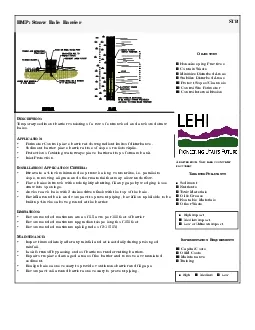PPT-Barrier Coverage in Bistatic
Author : winnie | Published Date : 2023-09-26
Radar Sensor Networks Cassini Oval Sensing and Optimal Placement Xiaowen Gong Junshan Zhang Douglas Cochran Kai Xing Arizona State University University of
Presentation Embed Code
Download Presentation
Download Presentation The PPT/PDF document "Barrier Coverage in Bistatic" is the property of its rightful owner. Permission is granted to download and print the materials on this website for personal, non-commercial use only, and to display it on your personal computer provided you do not modify the materials and that you retain all copyright notices contained in the materials. By downloading content from our website, you accept the terms of this agreement.
Barrier Coverage in Bistatic: Transcript
Download Rules Of Document
"Barrier Coverage in Bistatic"The content belongs to its owner. You may download and print it for personal use, without modification, and keep all copyright notices. By downloading, you agree to these terms.
Related Documents














